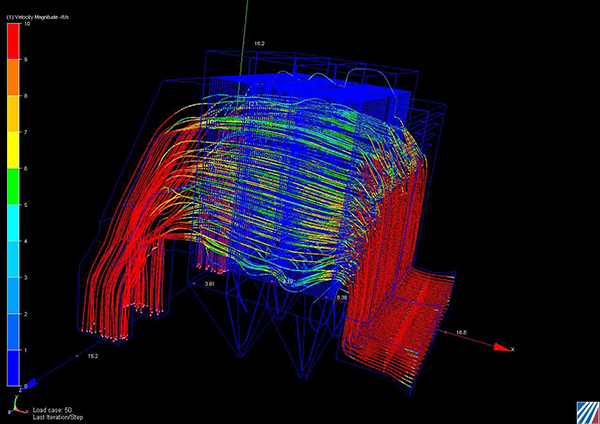Establishing Design & Performance Requirements for Precipitators
Designing a precipitator for optimum performance requires proper sizing of the precipitator in addition to optimizing precipitator efficiency. While some users rely on the precipitator manufacturer to determine proper sizing and design parameters, others choose to either take a more active role in this process or hire outside engineering firms.
Precipitator performance depends on its size and collecting efficiency. Important parameters include the collecting area and the gas volume to be treated. Other key factors in precipitator performance include the electrical power input and dust chemistry.
- Precipitator Sizing
The sizing process is complex as each precipitator manufacturer has a unique method of sizing, often involving the use of computer models and always involving a good dose of judgment. No computer model on its own can assess all the variables that affect precipitator performance. - Collecting Efficiency
Based on specific gas volume and dust load, calculations are used to predict the required size of a precipitator to achieve a desired collecting efficiency. - Power Input
Power input is comprised of the voltage and current in an electrical field. Increasing the power input improves precipitator collecting efficiency under normal conditions.
Helpful Resources:
KnowledgeBase: Theory of Operations
KnowledgeBase: Power Supplies & Components
KnowledgeBase: Optimize Corona Power
Our Capabilities: Analytical & Laboratory Services
Our Capabilities: Predictive Modeling


